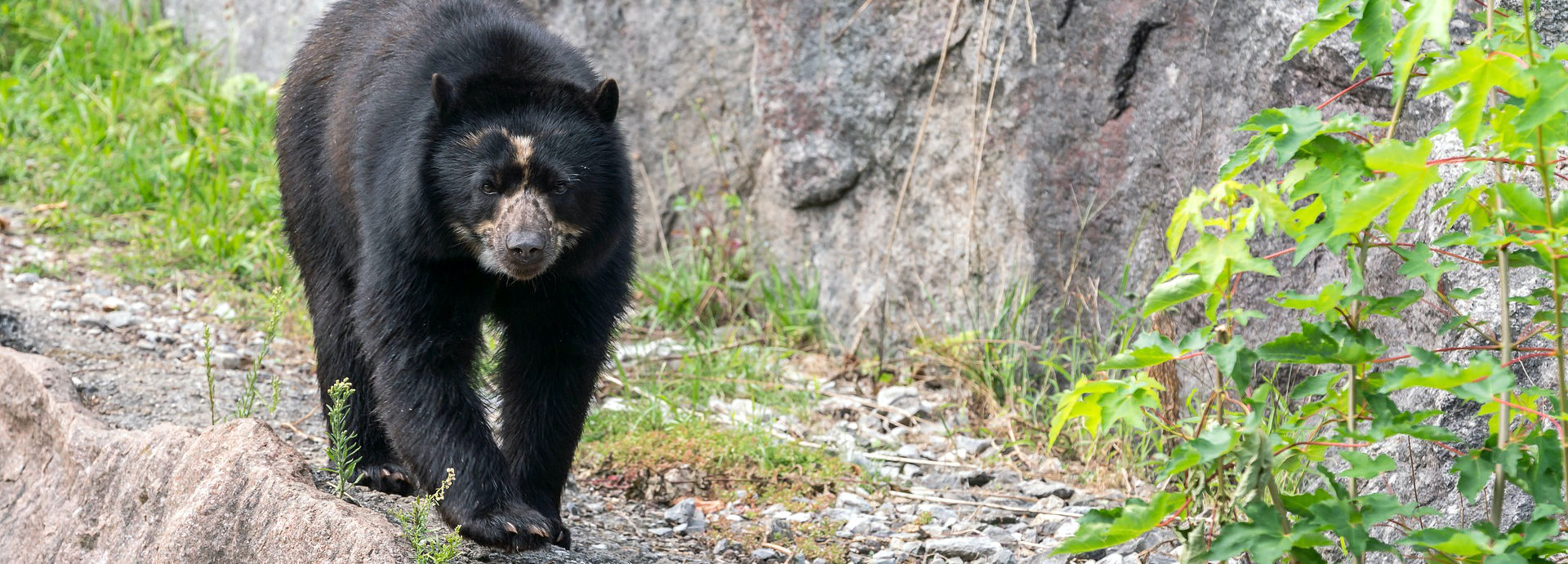
Dive into the essence of Colombia with these 25 interesting facts, that offer a glimpse into its rich history, vibrant culture, and breathtaking landscapes. Prepare to be enchanted by the beauty and diversity that make Colombia truly unique.
Colombia is the second most biodiverse country in the world, after Brazil. It’s one of only 17 countries of the world considered “megadiverse”. For example, Colombia has more than 3,000 species of orchids, around 480 species of mammals (including rare animals like the pink amazon dolphin), over 400 types of fruits, and more than 300 different ecosystems, including the rare high-altitude Páramo ecosystem.
Also the music culture is extremely diverse, many regions have their own, unique style. Colombian genres and rhythms include, among many others, Cumbia, Vallenato, Salsa, Champeta, Bambuco, Porro, Joropo, Bullerengue and Mapalé.
In Colombia you can observe around 1,900 (and counting) bird species. Birdwatching is a popular and fascinating activity for locals and travelers. (It’s incredibly meditative and relaxing, as well.)
The Amazon rainforest covers about 35% of Colombia’s territory and comprises the departments of Amazonas, Caquetá, Guainía, Guaviare, Putumayo and Vaupés. Many of them are only starting to appear on the touristic map and are extremely unique and fascinating. Check out Things to do near Leticia in the Colombian Amazon.
The world’s largest population of spectacled bears (called “oso andino” in Colombia) lives in the Colombian Andes. With a bit of luck you can spot it, for example, in the Chingaza National Park close to Bogotá. (More info in our article on Day trips from Bogotá.)
The Sierra Nevada de Santa Marta is considered the world’s highest coastal mountain range. Read more about Santa Marta and its Sierra Nevada.
Colombia is one of only 6 countries that have both a Pacific and Caribbean coast, and the only one located in South America (the other 5 are in Central America). This makes Colombia a great destination for beach and water sports enthusiasts. The remote Chocó region is a hidden treasure that encompasses both the Pacific and the Caribbean coast. Read more about Chocó.
If you want to learn Scuba Diving, Colombia offers one of the best cost benefit ratios in the world with prices being cheap and marine life incredibly rich. Great places for scuba diving courses are Santa Marta and nearby Taganga close to Tayrona National Park at the Caribbean coast in the North of Colombia.
Several rivers and ecosystems in Colombia have rights as legal subjects, including the Atrato river in the Chocó department, the Magdalena river, the Salamanca Island near Barranquilla and Lake Tota in the Boyacá department.
Talking of rivers, Caño Cristales in the Colombian Macarena province in the Meta department is called “the river of 7 colors” since it takes on multiples colors between late July and November. The colors are caused, among other things, by water plants that change from red to yellow and green depending on their exposure to the sun. Read more about the fascinating Meta department and its capital Villavicencio.
Over 100 different indigenous groups live in Colombia, including the Wayuu, Arhuaco, Kogui/Kágaba, Kankuamo, Nasa, and Embera, among others. These groups have unique cultures and languages and are often very connected to nature. In times of climate change it’s gradually being recognized that the indigenous people of Colombia can teach us a lot.
Bogotá is the third highest capital city in the world with an altitude of more than 2600 m (8500 feet) above sea level. Check out our Insider’s Guide to Bogotá.
Tejo is traditional Colombian game and a national sport. You throw a metal puck at a target made of clay which contains gunpowder. To see what happens, watch Anthony Bourdain play Tejo.
Anthony Bourdain playing Tejo, YouTube


Photo by Jimmy Baikovicius, CC BY-SA 2.0, Salt Cathedral Zipaquirâ
How many of these facts did you already know?
Share your thoughts!
Questions or comments? We’d love to hear them! Reach out to us on Instagram, Facebook or TikTok.
Last Update: March 3, 2025
Image Credit: Title image on top by by Lars Nissen (mod.)
© 2025 Travelhapp.com
To provide the best experiences, we use technologies like cookies to store and/or access device information. Consenting to these technologies will allow us to process data such as browsing behavior or unique IDs on this site. Not consenting or withdrawing consent, may adversely affect certain features and functions. View our Privacy & Cookie Policy